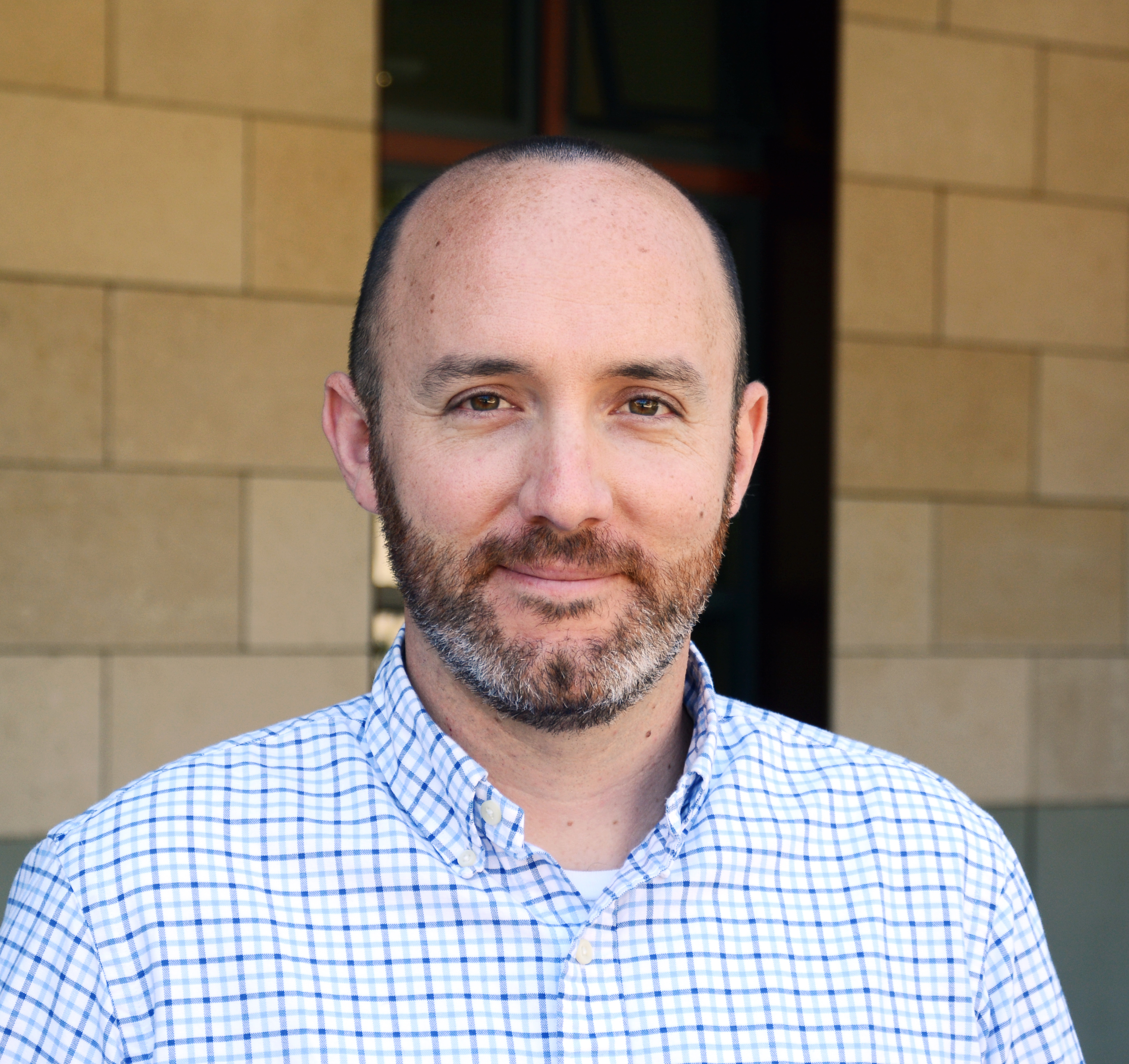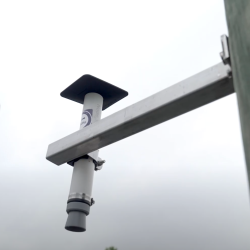UMD Scientist Setting Sail on Pacific Ocean Expedition
Atmospheric & Oceanic Science Assistant Professor Jacob Wenegrat will help collect data on important ocean processes.
University of Maryland Assistant Professor of Atmospheric and Oceanic Science Jacob Wenegrat is preparing to set sail on the research vessel Sally Ride as the deputy chief scientist on a NASA expedition to the Pacific Ocean.
The nearly monthlong trip, set to begin April 9, 2023, will be the third leg of NASA’s Sub-Mesocale Ocean Dynamics Experiment (S-MODE) field campaign, which aims to better understand the interactions between air and sea that drive ocean fronts. These processes, while globally important, are little understood at smaller scales.

Scientists hope that information collected during this research trip could be used to improve climate modeling and weather forecasting in the future. Biologists will also find the data useful, as the movement of ocean waters—especially the rising and falling of nutrient-rich waters—contributes to the overall productivity of the ocean and marine life.
“We’re interested in how things move vertically in the ocean,” said Wenegrat, who joined the S-MODE campaign in 2021. “Part of the reason people care about vertical exchange is because of its effect on biology and productivity. Ocean fronts are often a good place to fish because they generate strong circulations that bring nutrients up.”
Wenegrat and dozens of scientists from other institutions will collect data more than 60 miles off the coast of San Francisco in an area known for its persistent ocean fronts. In addition to taking direct measurements of the ocean’s temperature, salinity and various biological markers, the team will also fly three aircraft over the ship to collect data. One of them will carry an instrument called DopplerScatt, which will allow the scientists to observe the ocean’s surface currents and estimate vertical velocity—feats that cannot be achieved with current satellites.
The aircraft carrying DopplerScatt will essentially “mow the lawn,” according to Wenegrat, taking high-resolution snapshots of the ocean’s surface as it zooms overhead in straight lines. This ultimately gives scientists a clearer view of the forces that shape ocean fronts.
“It paints an unprecedented picture of the ocean’s surface. We can see things from DopplerScatt that you could only see before in models,” Wenegrat said. “In some ways, it’s the oceanographic equivalent of the photos that are coming back from the James Webb Space Telescope.”
Wenegrat said the number and sophistication of the instruments on this expedition set it apart from most other oceanographic research trips.
“The breadth of all the assets that are in the water and flying is really unique,” Wenegrat said. “Three aircraft, in addition to the ship and other technologies, is a pretty big deal. There will be wave gliders—autonomous observational platforms that are powered by waves—and about 100 drifters that collect data while following the surface flow.”
During two earlier S-MODE expeditions, Wenegrat involved his students by inviting them to listen to the scientific team’s control center meetings on Zoom, giving them a behind-the-scenes look at the strategic decisions that affect how data is collected during a research trip. Atmospheric and Oceanic Science Ph.D. student Igor Uchoa also joined the last S-MODE expedition as part of his research in Wenegrat’s group, blogging about his experience aboard the research vessel Bold Horizon.
Wenegrat will remotely teach at least one of his coastal physical oceanography classes from the Sally Ride during the upcoming expedition, and he also plans to speak to a local elementary school class via Zoom. He will document his journey on social media as he performs his day-to-day duties as deputy chief scientist, which include analyzing data in real time and adjusting their sampling strategy as needed. He will also be supporting expedition Chief Scientist Andrey Shcherbina of the University of Washington, as well as S-MODE Principal Investigator Tom Farrar of the Woods Hole Oceanographic Institution.
“My hope on the cruise is to be able to provide a little bit of extra thinking around the data as it comes in,” Wenegrat said. “The things that we’re sampling evolve pretty quickly on the ocean, so you have to really be responsive to them.”
Wenegrat will be on the lookout for any results that are “scientifically interesting,” which could determine where and how they collect samples. He said he is thrilled to join a research trip that will use so many technologies to tackle scientific unknowns.
“It’s a whole circus of things happening,” Wenegrat said. “I’m really excited to see what we find.”







